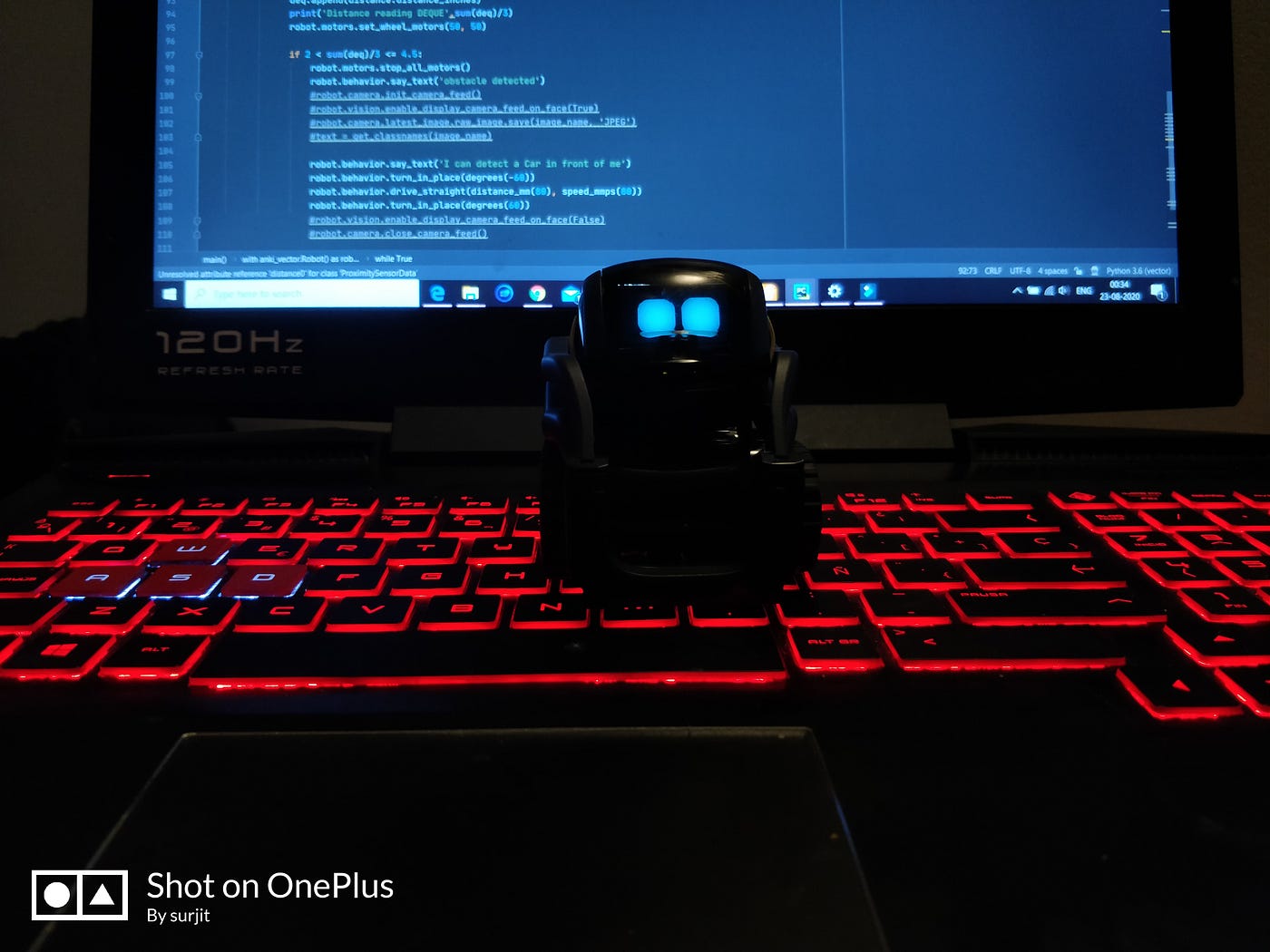

The findings showed that using spaced repetition can not only help students with name face association but individuals dealing with memory diseases. Schacter, Rich, and Stampp in 1985 furthered the research to include people suffering from amnesia and other memory disorders. With the repetition of seeing the person's name and face they were able to associate the name and face of that individual shown with the expansion of time due to the spaced repetition. This is also known as face name association. The spaced repetition training was first tested by Landauer and Bjork in 1978 they gathered a group of psychology students showing the students pictures of a certain individual followed by that individual's name. The basis for spaced repetition research was laid by Hermann Ebbinghaus, who suggested that information loss over time follows a forgetting curve, but that forgetting could be reset with repetition based on active recall. Increasing recovery practice is frequently used as a technique in improving long-term memory, essentially for young children trying to learn and older individuals with memory diseases. Recovery practice is used to see if an individual is able to recall something immediately after they have seen or studied it.
#Anki vector python how to#
Spaced repetition is used in many different areas of memory from remembering facts to remembering how to ride a bike to remembering past events from childhood.

Spaced repetition is one of these solutions to help better the patients' minds.

Over the years, techniques and tests have been formed to better patients with memory difficulties.
#Anki vector python software#
4.1.1 List of spaced repetition software programs.It is also possible to perform spaced repetition with flash cards using the Leitner system.Īlternative names for spaced repetition include spaced rehearsal, expanding rehearsal, graduated intervals, repetition spacing, repetition scheduling, spaced retrieval and expanded retrieval. A number of spaced repetition software programs have been developed to aid the learning process. It is, therefore, well suited for the problem of vocabulary acquisition in the course of second-language learning. Īlthough the principle is useful in many contexts, spaced repetition is commonly applied in contexts in which a learner must acquire many items and retain them indefinitely in memory. The use of spaced repetition has been proven to increase rate of learning. Newly introduced and more difficult flashcards are shown more frequently, while older and less difficult flashcards are shown less frequently in order to exploit the psychological spacing effect. Spaced repetition is an evidence-based learning technique that is usually performed with flashcards. In the Leitner system, correctly answered cards are advanced to the next, less frequent box, while incorrectly answered cards return to the first box for more aggressive review and repetition.


 0 kommentar(er)
0 kommentar(er)
